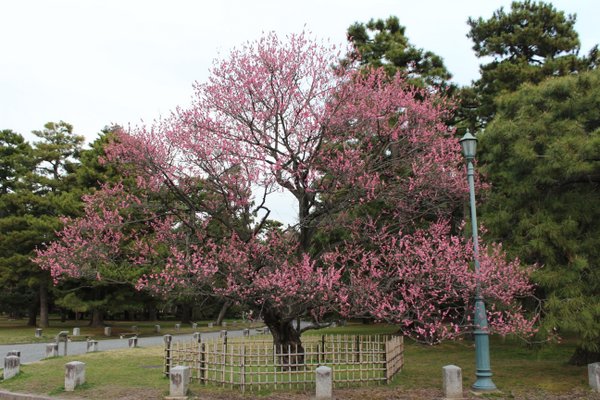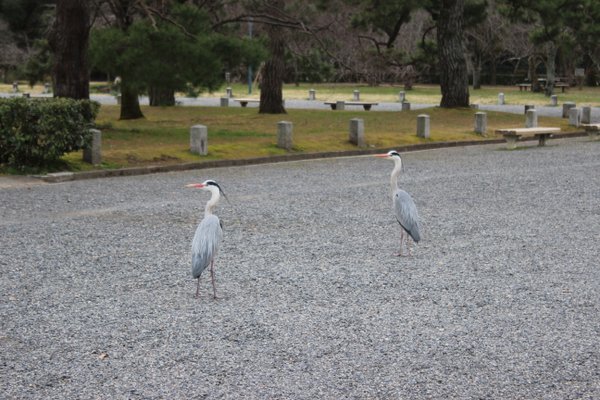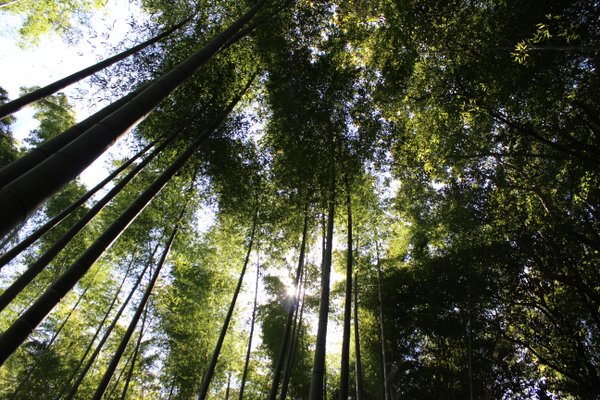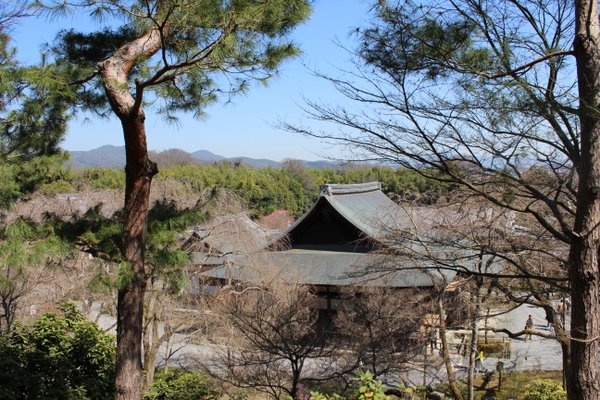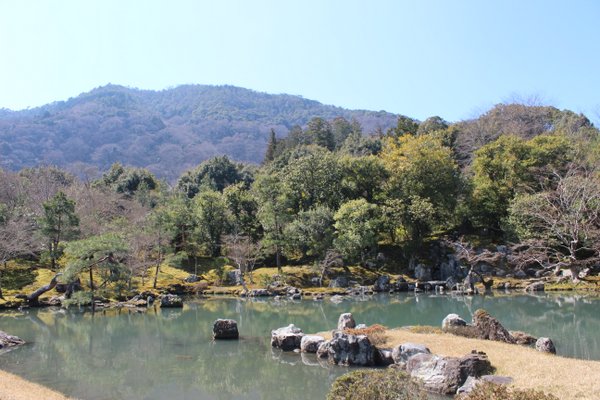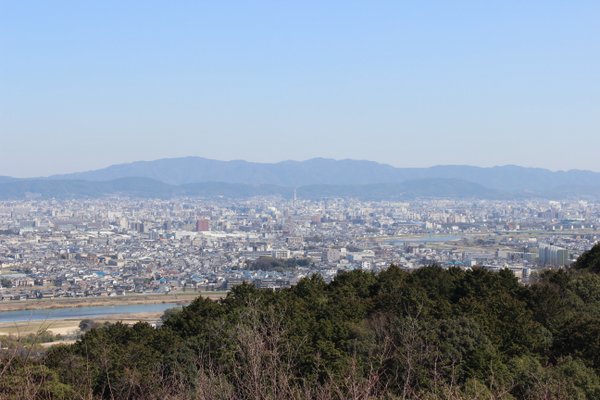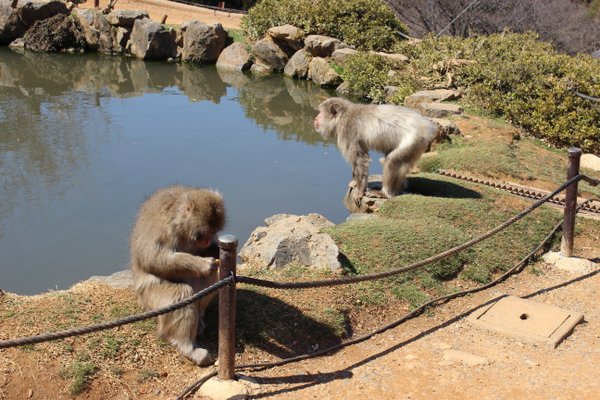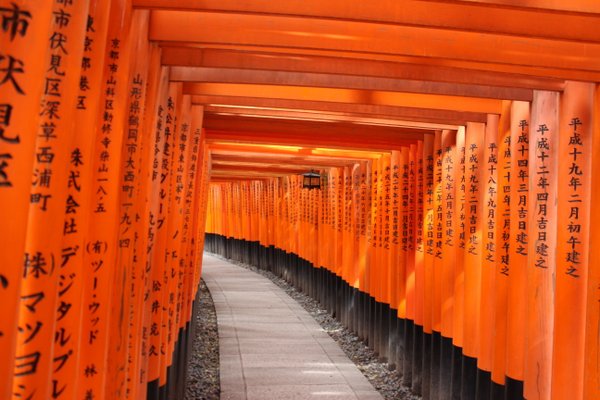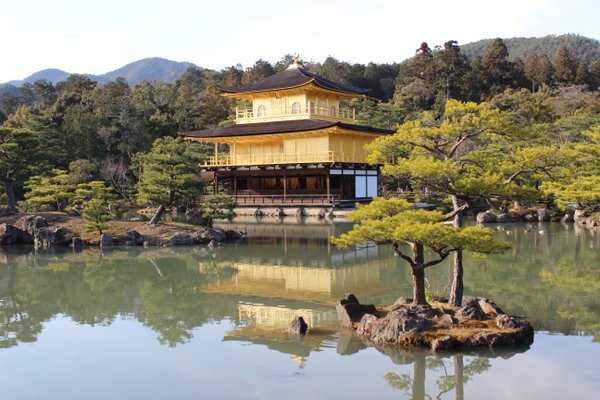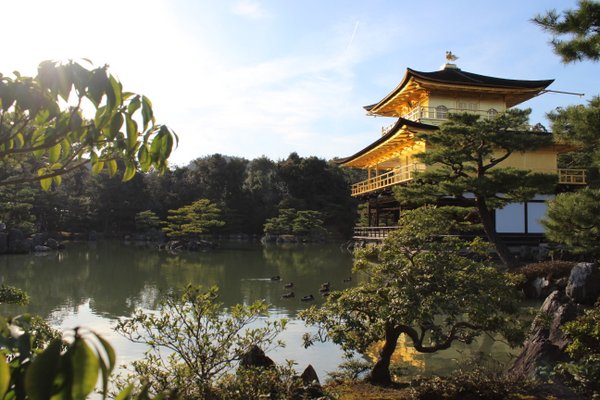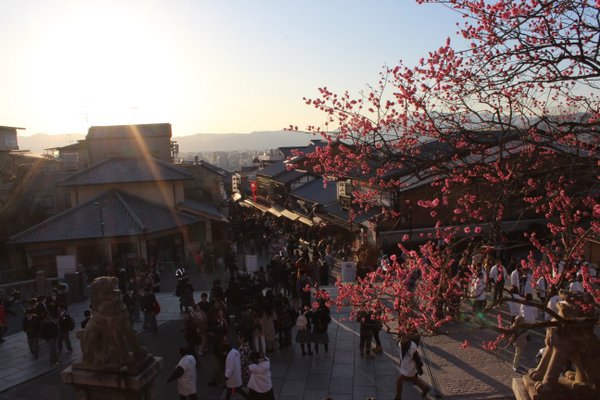Exploring Kyoto Posted by sasha on Sep 27, 2016 in Culture
Kyoto (京都) was once the capital of Japan for an entire millennium. In fact, the name can actually be translated as “capital city,” although that distinction now belongs to Tokyo. During its long reign as the center of Japan, the city acquired countless palaces, shrines, and temples. Kyoto managed to largely escape the bombings of World War II, so many of these ancient structures remain. As with the rest of the country, however, tradition jostles with modernization as newer buildings such as the Kyoto Station continue to sprout up. Let’s see what you can do with a short trip to Kyoto, one of the best-preserved cities in all of Japan.
Kyoto Imperial Palace
(京都御所 – Kyōto Gosho)
This complex was once home to the emperor and his family until the capital was moved to Tokyo in 1868. Like many other ancient buildings, it has been destroyed and rebuilt several times. The version that’s currently standing was completed in 1855 after it had burnt down.
Previously, you could only explore the grounds as part of a guided tour that required prior reservation. You’re now able to tour the grounds on your own without making any bookings in advance, but you’re not allowed to enter any of the buildings. While there, be sure to spend some time exploring the lovely park that surrounds the palace.
Arashiyama (嵐山)
This scenic area is located in the the western outskirts of the city, and is a pleasant place to spend an afternoon. Here, you can visit the bamboo forest, an ancient bridge, several temples, a monkey park, and more. Take a stroll across the “Moon Crossing Bridge” (渡月橋 – Togetsukyō) over the Hozu River, where you’ll get great views of cherry blossoms in spring and vivid colors during fall. The bamboo forest has been featured in countless superlative-laden travel lists, increasing the popularity of this beautiful area even more. Consider visiting on a weekday unless you want to brave the crowds.
Right outside of the bamboo forest is the Tenryuji Temple (天龍寺 – Tenryū-ji), one of Kyoto’s many UNESCO World Heritage sites. It was built to honor the passing of the emperor in the 14th century by a shogun, and it’s one of the five great Zen temples of the city. Speaking, of zen, there’s also a wonderful garden to explore here.
If you’re feeling up for a bit of a hike, head up to the Iwatayama Monkey Park. Along the way, you’ll be rewarded with excellent views of the city below.
The park is home to around 170 Japanese macaques, who will gladly munch on some peanuts or banana slices if you choose to buy some from a vendor.
As you can see, there’s enough to keep you busy in Arashiyama for the entire day. If you really want to make a day out of it, consider taking a ride on the Sagano romantic train and then taking a river cruise back to really take in the beautiful scenery of the area.
Fushimi Inari Shrine (伏見稲荷大社)
This Shinto shrine in southern Kyoto is the most important of several thousand shrines dedicated to Inari, the god of rice. It sits at the base of a mountain also named Inari, and there are trails leading up the mountain that pass by many smaller shrines. The shrine is also famous for its thousands of torii gates that line the trail. As Inari is also seen as the patron of business, each gate was donated by an individual or a company.
Kinkaku-ji (金閣寺)
Formally known as Rokuon-ji (鹿苑寺), the “Temple of the Golden Pavilion” is one of the most famous sites in the city. The top two floors are completely covered in gold leaf, hence the more commonly used name. Once the retirement villa of a shogun, it became a temple after his death as per his wishes.
One of the most interesting aspects of this temple is that each floor represents a different architectural style – Shinden, Samurai, and Zen.
Kiyomizu-dera Temple (清水寺)
Located in the wooded hills in the east of the city, this temple was founded on the site of the Otowa Waterfall. That’s where its name – which means “Pure Water Temple” – is derived from. Originally, it was associated with the Hosso sect of Japanese Buddhism, one of the oldest. That changed in 1965, when its members created their own sect and called it Kita Hosso.
It may seem like a lot, but all of these places can easily be visited with just two full days to spend in Kyoto. Of course, if you can afford to spend more time in the city, there’s still plenty more to see. Have you ever been to Kyoto? Which places did you visit? We’d love to hear some more ideas from our readers, so leave a comment below!

Build vocabulary, practice pronunciation, and more with Transparent Language Online. Available anytime, anywhere, on any device.



